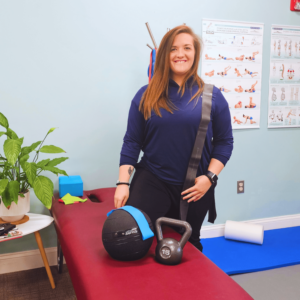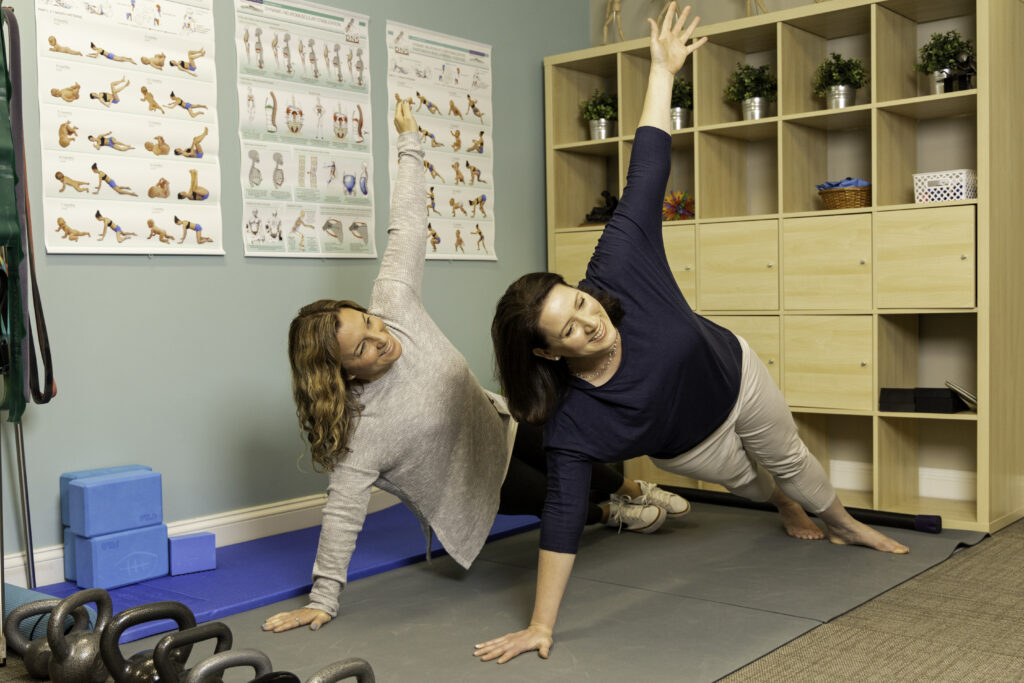Have you experienced the gift and curse of working from home? You know, saving time and money not driving to work but paying the price because your at-home workspace isn’t set up to support your body. You’re not alone! The massive transition to remote work during the pandemic was a necessity for office-based companies that wanted to be able to continue their operations. If you were new to working at home, you may have had to quickly improvise a home office setup without much guidance or help from your human resources manager. You may not have the most back-friendly chair, your desk (or dining table?) may be too high or too low and not ideal for computer or keyboard placement. This can cause poor posture which can, in turn, lead to back, neck, joint, and nerve trouble. You may or may not be familiar with the term “workplace ergonomics”, so we’ll define it and go over the reasons why it is so important.
Why Workplace Ergonomics Are Important
Ergonomics is an applied science that looks at how we can design our workspace so we can be more efficient and comfortable while performing our job functions. In an office environment, this means finding ways to comfortably and safely use desks, chairs, computers, and phones. Ergonomics and good posture in our workspace are very important if you want to avoid musculoskeletal issues down the line. Chiropractors treat many workplace-related conditions due to poor ergonomics which include but are not limited to:
- Neck stiffness or strain– If you keep your neck in an awkward position for too long, you will more than likely suffer the consequences in your neck area.
- Back pain or injury – Working at a desk for many hours in a poor posture can cause serious back pain – even injury.
- “Trigger Finger” or Tendonitis – The inflammation of tendons and/or the tendon sheaths located in the fingers can occur due to hours of repetitive movements at a poorly placed keyboard, making it difficult to move one’s fingers without experiencing sharp pain.
- Carpal Tunnel Syndrome – Repetitive, heavy keyboard use can cause or worsen carpal tunnel syndrome – a condition that occurs when the median nerve, which runs from the forearm into the palm of the hand, becomes pressed or squeezed at the wrist.
- Headaches and migraines – Poor posture is a big factor in migraine and headache sufferers, due to it causing active trigger points in your neck and shoulder that refers to the head. Poor or overly-bright lighting can cause vision issues which in turn lead to headaches and migraines as well.
Now that you know the damage that can be done by not having an ergonomically-friendly workspace, let’s go over some steps that you can take right away to improve your environment.
Ergonomic Tips for Your Home Office
Since poor posture is a major cause of many musculoskeletal issues, your first priority should be to make sure your office furnishings support your neck and back. We’re going to list them in order of priority:
1. Get a chair with lumbar support – This is by far the most important investment! Get a good chair that supports your lower back and allows your knees to stay level with your hips. It should also have armrests so you can keep your arms level with your keyboard.
2. Support your feet – Keeping your feet flat on the floor helps maintain a good posture. If the chair you use doesn’t allow that to happen, use an ergonomic footrest.
3. Place your screen at eye level – Your computer screen should be an arms-length away and at your eye level. Otherwise, you’ll have to lower your chin to see it, which can lead to neck, shoulder, and back pain. If need be, use a screen stand to place it at eye level.
4. Keep your keyboard in reach – If you have to stretch your arms to reach your keyboard, that’s not a good thing! When typing, your wrists should be straight, elbows next to your body, and your hands at the same level as your elbows or a little lower.
5. Pad your wrists – If your wrists or lower arms press against the edge of your desk too often, you may start to feel tingling or pain. To prevent problems like carpal tunnel syndrome, use a wrist rest or pad. You can also pad the hard edges of your desk with foam or cloth.
6. Set up hands-free calling – If you are on the phone a lot while at your desk, protect yourself from a stiff neck. Place your phone in speaker mode or use a wireless headset, especially if you type or write at the same time.
7. Take breaks for movement and stretching – Even if your home office is perfectly ergonomic, you should still get out of your chair and get some good back and limb stretches in. Make sure to take a stretch break at least once an hour.
Seeing to your comfort and taking care of your posture between your chiropractic adjustments is well worth the investment. Taking these measures now can help you avoid costly medical bills and time away from work with posture-related back, neck, and nerve pain or injury.





